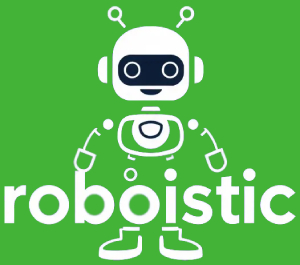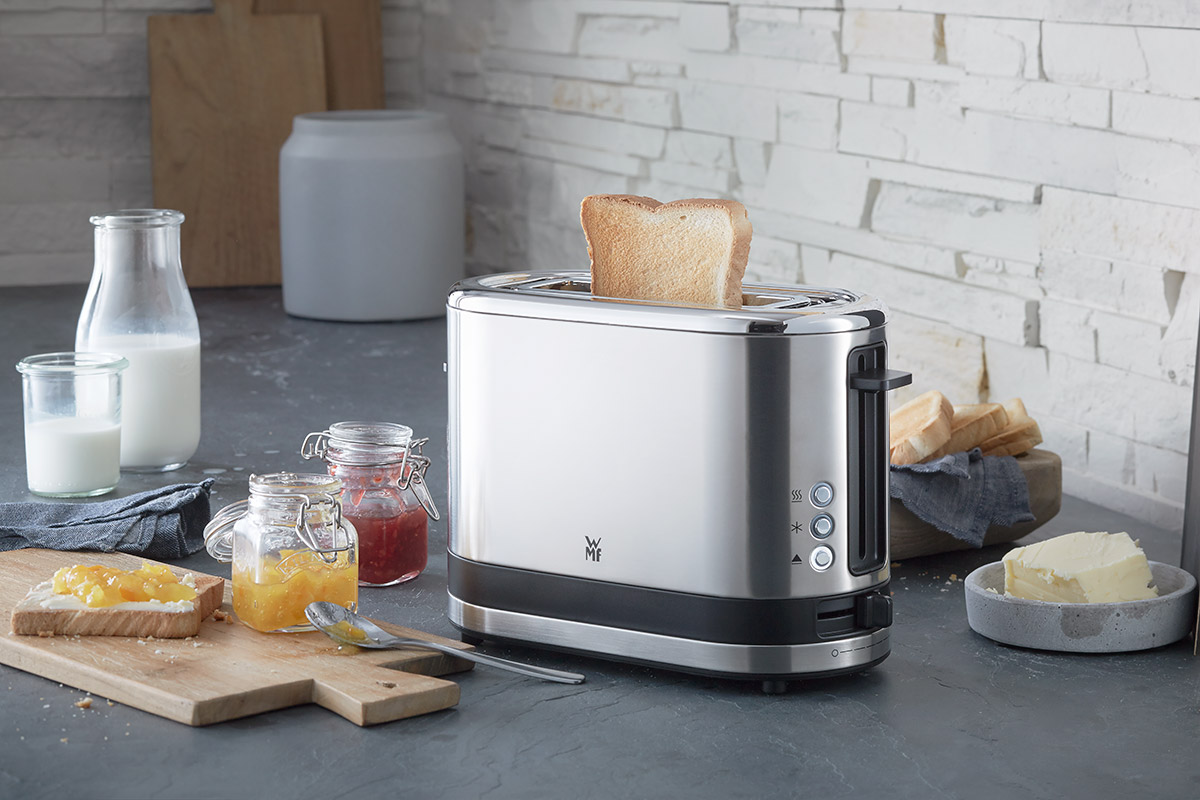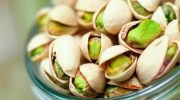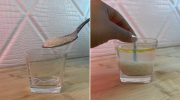Bread is one of the essential ingredients in a large number of households. From the moment it is bought and the inability that magically arises to get home the whole loaf without having taken at least a bite, to breakfast the next day, where there are many people, at least in Spain, who choose to have some toast. A tradition that may be ideal to follow from time to time, but it is not the best option, especially if that bread is not toasted by us, but rather we opt for a variety of rusks, which last much longer, but are not always the best choice.
If we cut a piece of bread and toast it at home, we can ensure that it has a lower glycemic index, which means that glucose spreads more slowly through the blood, avoiding blood glucose spikes, but we run the risk of overdoing it with the time we have it in the toaster and burning it, which would not be too good for our health either. Eating burnt food is not good for us and could cause long-term health problems, as well as preventing us from enjoying our breakfast. That’s why so many people choose to buy bread that’s already been toasted, without knowing that it should be an occasional rather than a daily occurrence because of the effects it can have.
The health effects of eating toasted bread
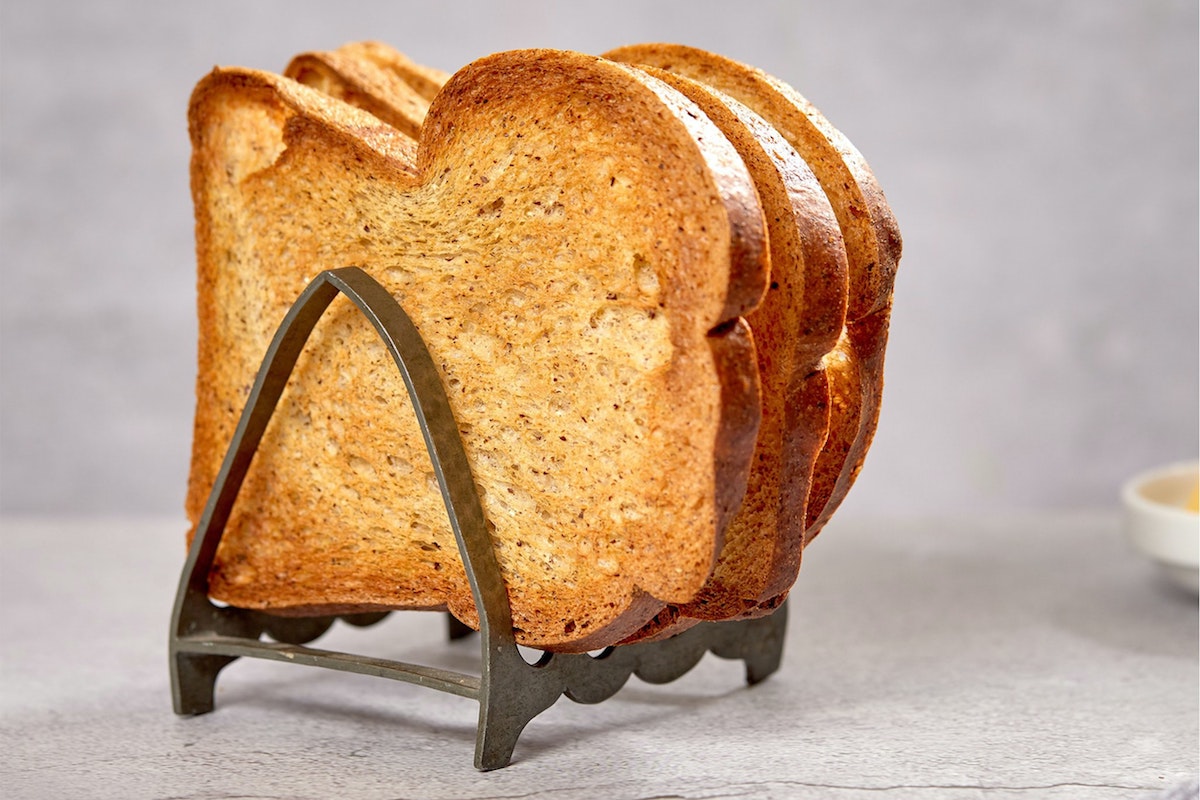
Choosing the bread that can bring the most benefits to our health is not a simple task, because sometimes the options that seem the most practical or easiest to get are not always the most suitable. This is the case with toast, an option that saves us the process of having to toast it ourselves, but which may not be the healthiest, as pointed out on the Quirón Salud blog.
The toasting and drying process changes the texture of the bread, making it crispy instead of fluffy, a reduction in the amount of water it contains means that its nutrients are more concentrated, for example, given the same weight of fresh bread and toasted bread, the latter will have more calories, but toasted bread also has more sugars, preservatives and fat, as well as a greater amount of salt
This means that it is not the best option if we want to watch the amount of salt we consume, as is the case with people with cardiovascular diseases, such as hypertension, or with kidney diseases, also in the case of children, who should not consume too much salt. It is not all negative, because both fresh and toasted bread can be beneficial for keeping cholesterol under control. It is best to check the labels of these products carefully to know exactly what we are eating, but also to choose to eat this type of bread occasionally rather than choosing it for regular consumption. Ideally, buy fresh bread and toast it (in moderation) before eating it.
Which is the healthiest bread?
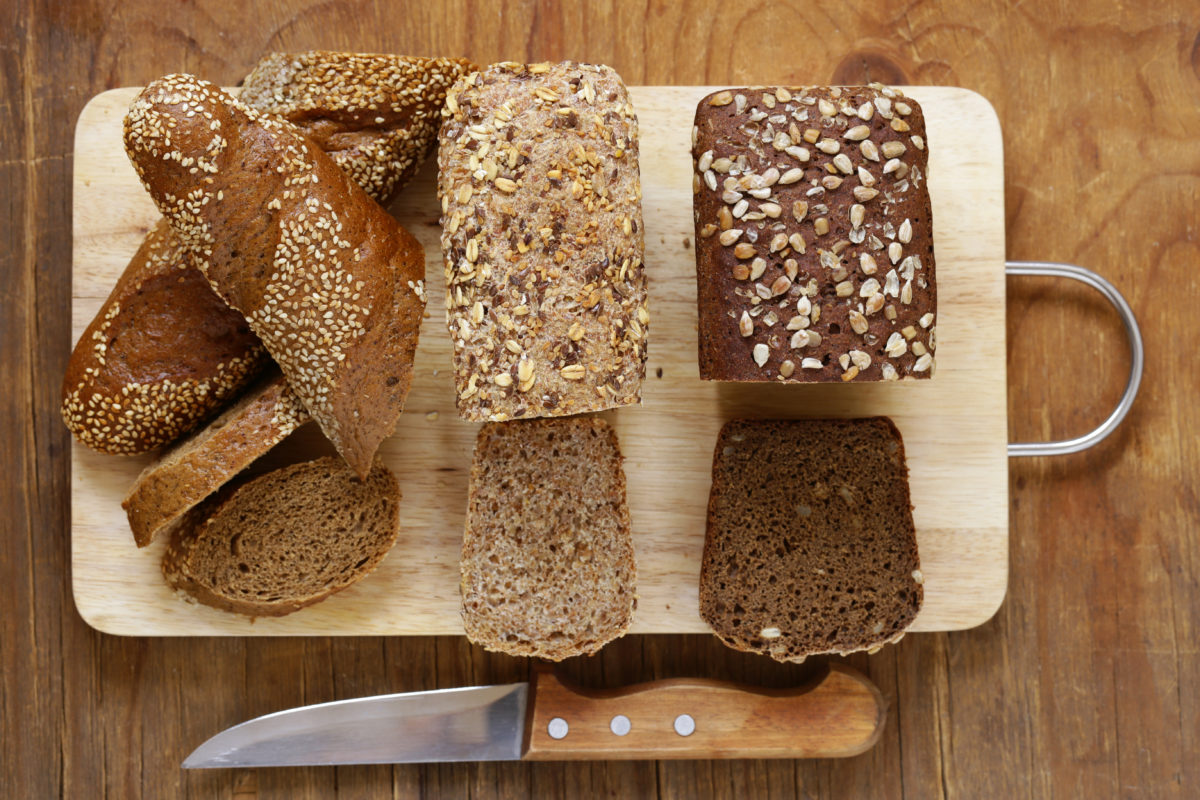
There are many types of bread and they all have their pros and cons, but according to Jamie Gnau, clinical instructor of biomedical sciences at Missouri State University (USA) in an interview for Business Insider, the healthiest bread is wholemeal bread, as well as those containing unrefined flours. This bread is rich in fiber, protein, vitamins, such as B vitamins, and minerals, such as potassium and magnesium. Like all breads, it contains carbohydrates, but it does not cause spikes in blood sugar. Next on the list would be bread made with sourdough.
